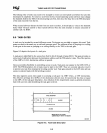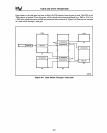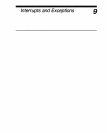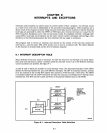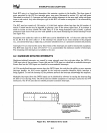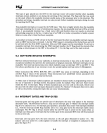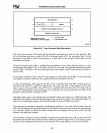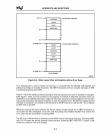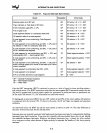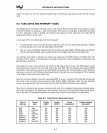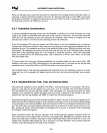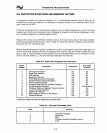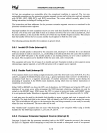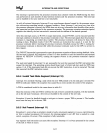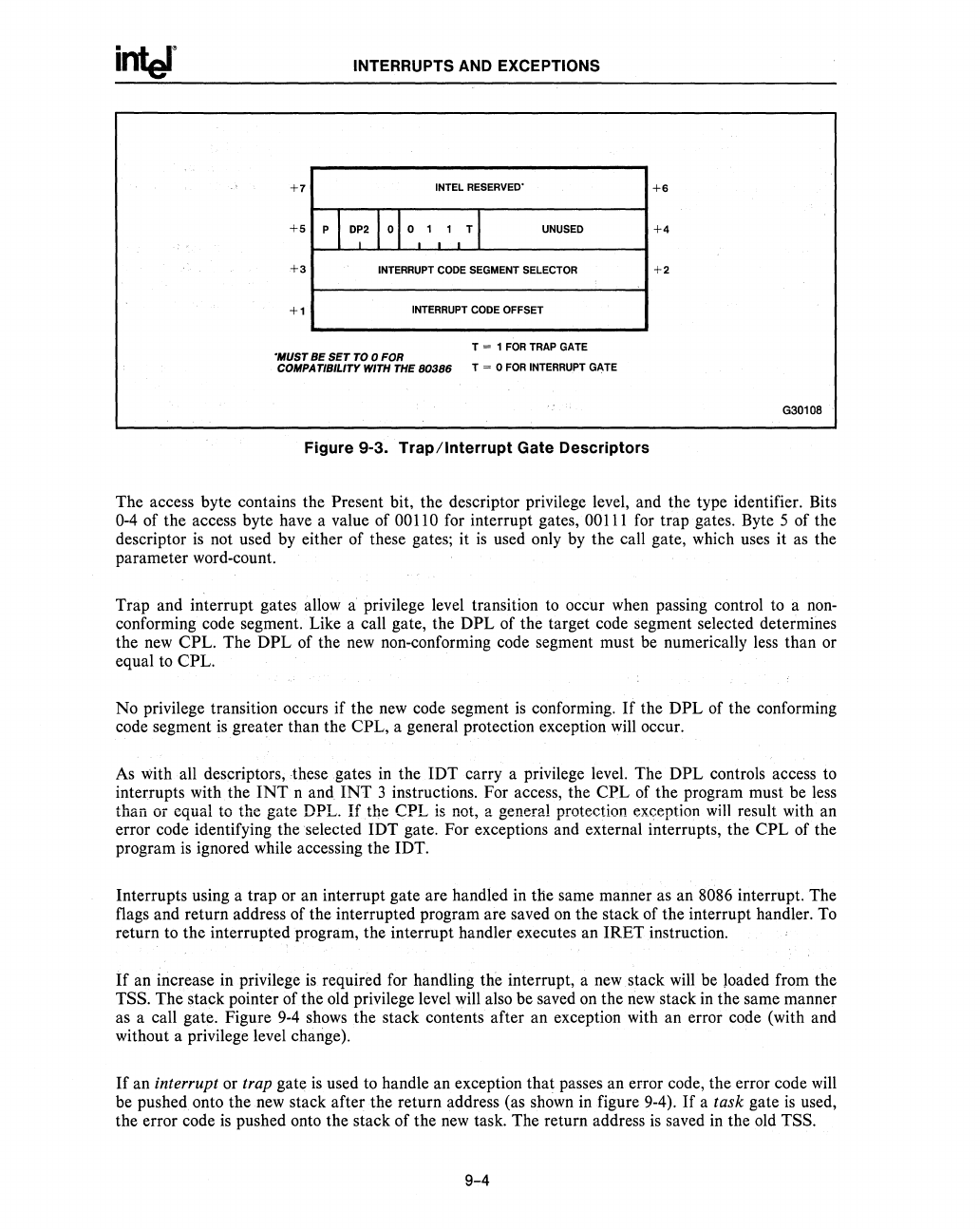
INTERRUPTS
AND
EXCEPTIONS
+7
INTEL
RESERVED'
+6
+5
PIDP21
0
10
1
1
T I
UNUSED
+4
+3
INTERRUPT
CODE
SEGMENT
SELECTOR
+2
+1
INTERRUPT
CODE
OFFSET
T = 1
FOR
TRAP
GATE
'MUST
BE
SET
TO
0 FOR
COMPATIBILITY
WITH THE
80386
T = 0
FOR
INTERRUPT
GI\TE
G30108
Figure 9-3. Trap/Interrupt Gate Descriptors
The access byte contains the Present bit, the descriptor privilege level, and the type identifier. Bits
0-4
of the access byte have a value of 00110 for interrupt gates, 00111 for trap gates. Byte 5 of the
descriptor is not used by either of these gates; it
is
used only by the call gate, which uses it
as
the
parameter word-count.
Trap and interrupt gates allow
a'
privilege level transition to occur when passing control to a non-
conforming code segment. Like a call gate, the DPL of the target code segment selected determines
the
new
CPL. The
DPL
of the
new
non-conforming code segment must be numerically less than or
equal to
CPL.
No privilege transition occurs
if
the
new
code segment
is
conforming.
If
the DPL of the conforming
code segment is greater than the
CPL, a general protection exception
will
occur.
As
with all descriptors, these ,gates in the IDT carry a privilege level. The DPL controls access to
interrupts with
the
INT
nand
INT
3 instructions. For access, the
CPL
of the program must be less
than
Oi
equal to the gate DPL.
If
tile
CPL
is not, a general protection exception
will
result with an
error code identifying the selected IDT gate. For exceptions and external interrupts, the
CPL
of the
program is ignored while accessing the IDT.
Interrupts using a trap or an interrupt gate are handled in
the same manner as an 8086 interrupt. The
flags and return address of the interrupted program are saved on the stack of the interrupt handler.
To
return to the interrupted program, the interrupt handler executes an
IRET
instruction.
If
an increase in privilege
is
required for handling the interrupt, a
new
stack
will
be Joaded from the
TSS. The stack pointer of the old privilege level will also be saved
on
the
new
stack in the same manner
as a call gate. Figure 9-4 shows the stack contents after an exception with an error code (with and
without a privilege level change).
If
an interrupt or trap gate
is
used to handle an exception
that
passes an error code, the error code will
be pushed onto the new stack after the return address (as shown in figure 9-4).
If
a task gate
is
used,
the error code is pushed onto the stack
of
the new task. The return address
is
saved in the old TSS.
9-4



